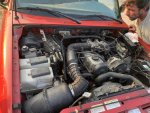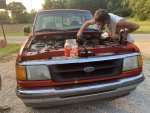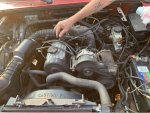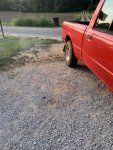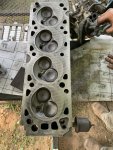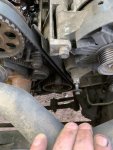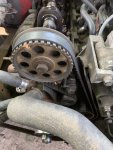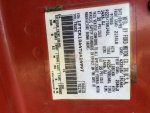JShadetree
Member
I recently bought a ford ranger has swapped motor to an 88 2.3 engine. Shade tree mechanic of mine said it has a 2.9 block. Changed the head gasket with a kit and re timed it. But still have no power behind the motor. Also still shakes when it starts. Need the vaccum diagram and wiring diagram if anyone has it?! Thinking it may be my injector wiring harness keeping me from getting power but not sure! Any help is appriciated!

